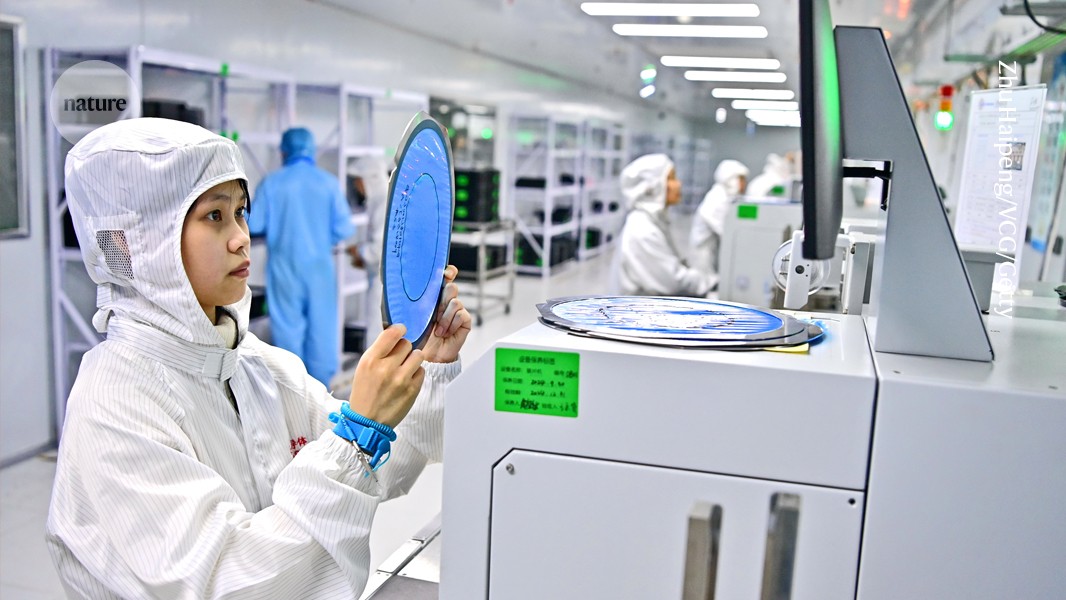
"Huang Baorong, a researcher of sustainable development policies at the Chinese Academy of Sciences in Beijing, expects China will increase its science-related investments over the next five years. This could help to offset some of the impact of the US government's anticipated budget cuts to science, particularly in areas such as climate change and public health, Huang says."
"China's annual research and development (R&D) expenditure has skyrocketed over the past two decades. Last year, it spent more than 3.6 trillion yuan (US$505 billion), up 8.9% from 2023 and a sixfold jump compared with 2009. The Chinese government is the world's biggest R&D spender. China's five-year plans are a comprehensive policy blueprint aimed at guiding the country's economic and social development. The plan is a guide for the various levels of government to design policies for the short to medium term."
China's top leaders met in Beijing to plan the 2026–2030 five-year plan, aiming for greater self-reliance in science and technology. The plan prioritizes development of innovation-driven industries and "key core technologies" with expected release early next year. The government plans increased support for advanced semiconductors, artificial intelligence and basic research to overcome technological bottlenecks. China is likely to raise science-related investments over the next five years, potentially offsetting anticipated US federal science budget cuts in areas like climate change and public health. Annual R&D spending exceeded 3.6 trillion yuan last year, making China the world's largest R&D spender. Significant resources will be devoted to addressing semiconductor production bottlenecks.
Read at Nature
Unable to calculate read time
Collection
[
|
...
]